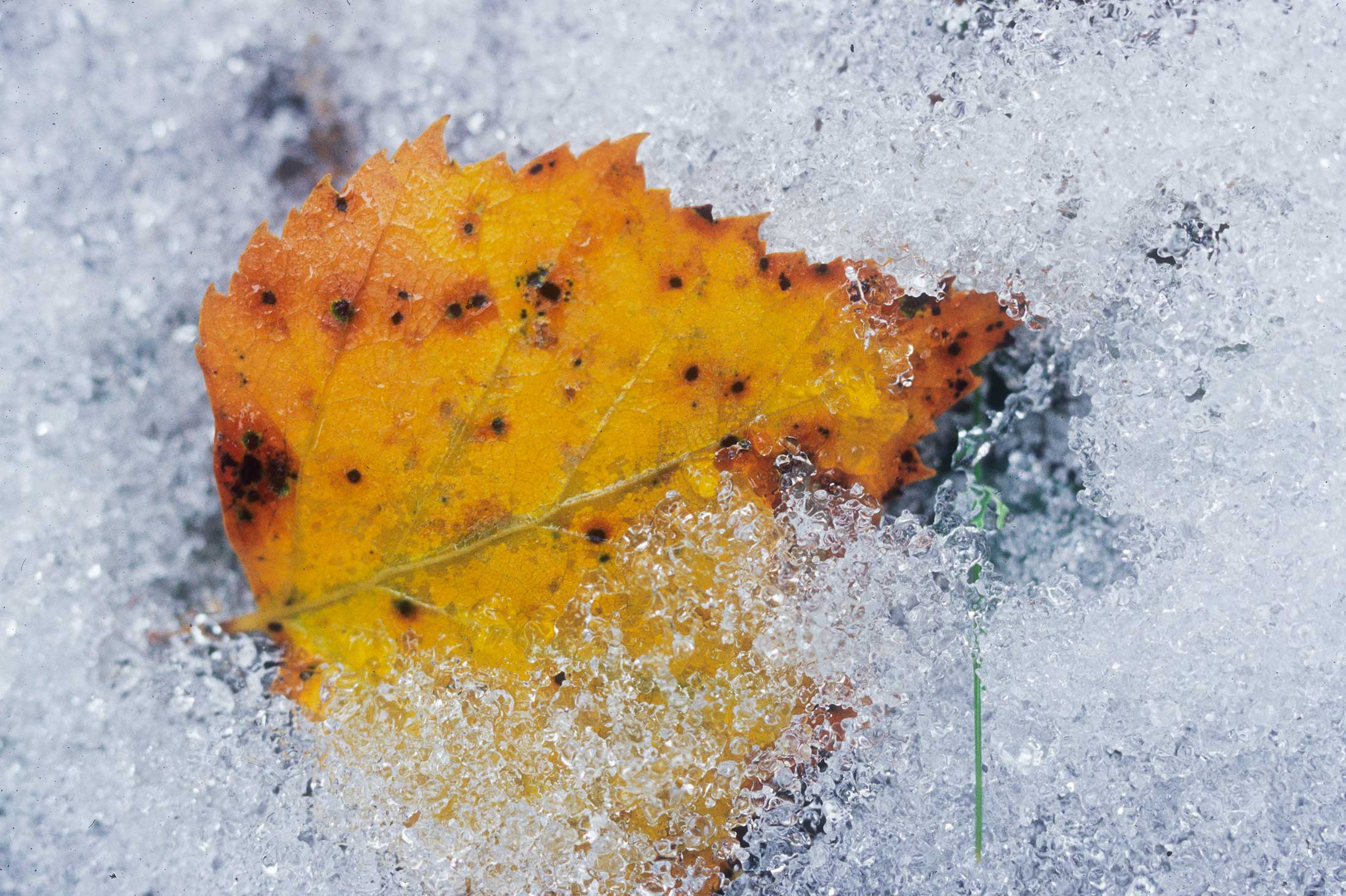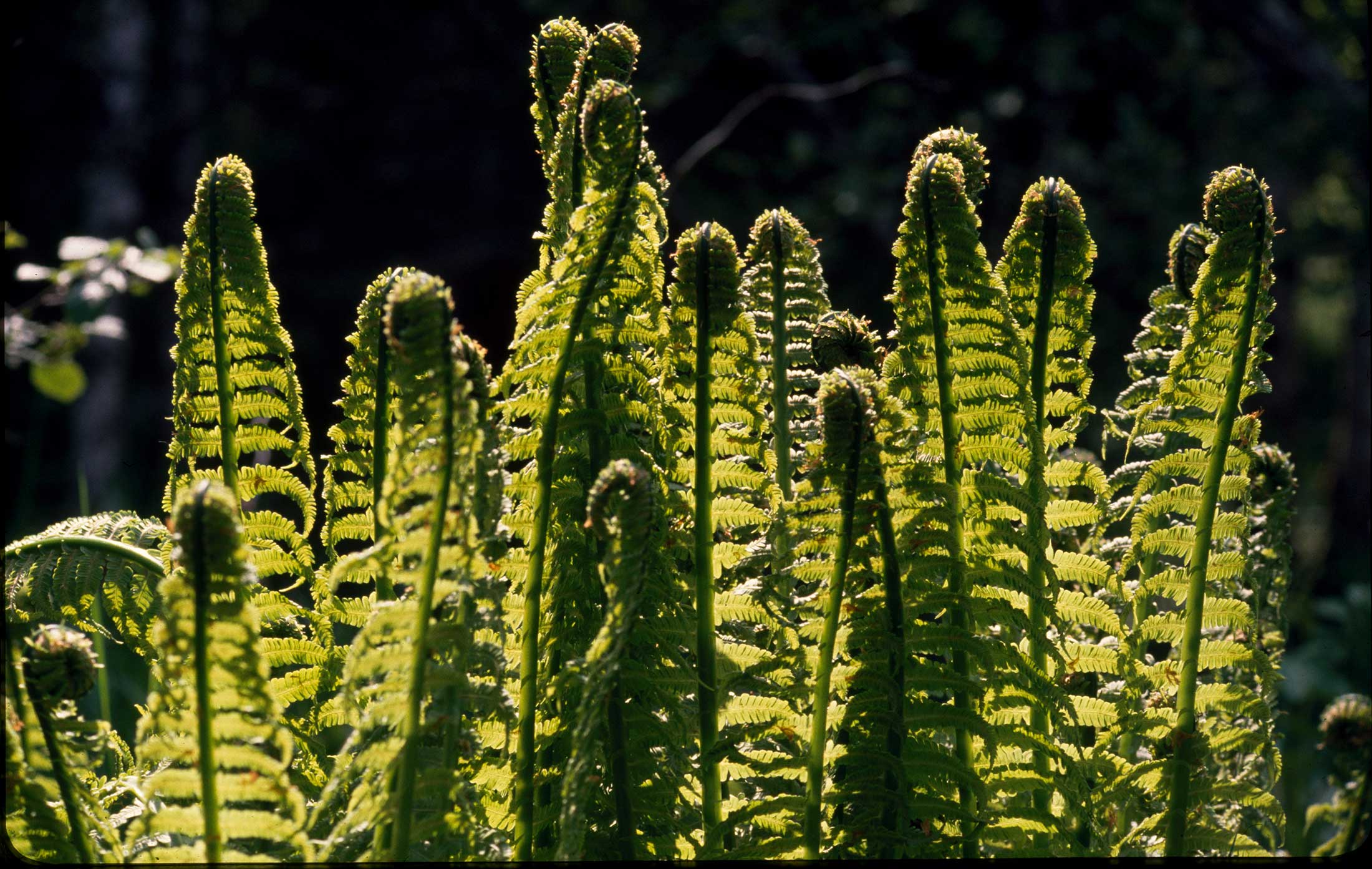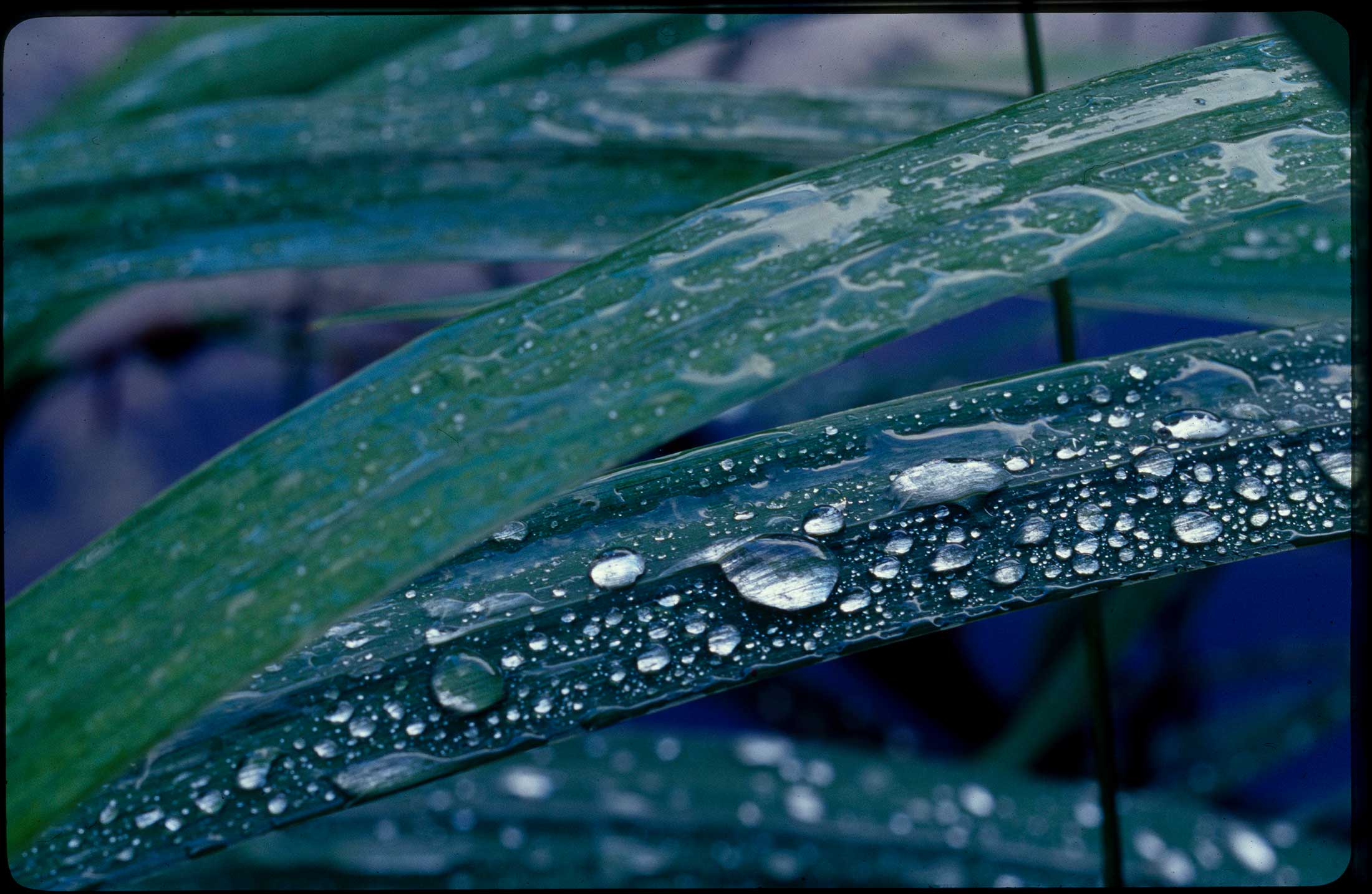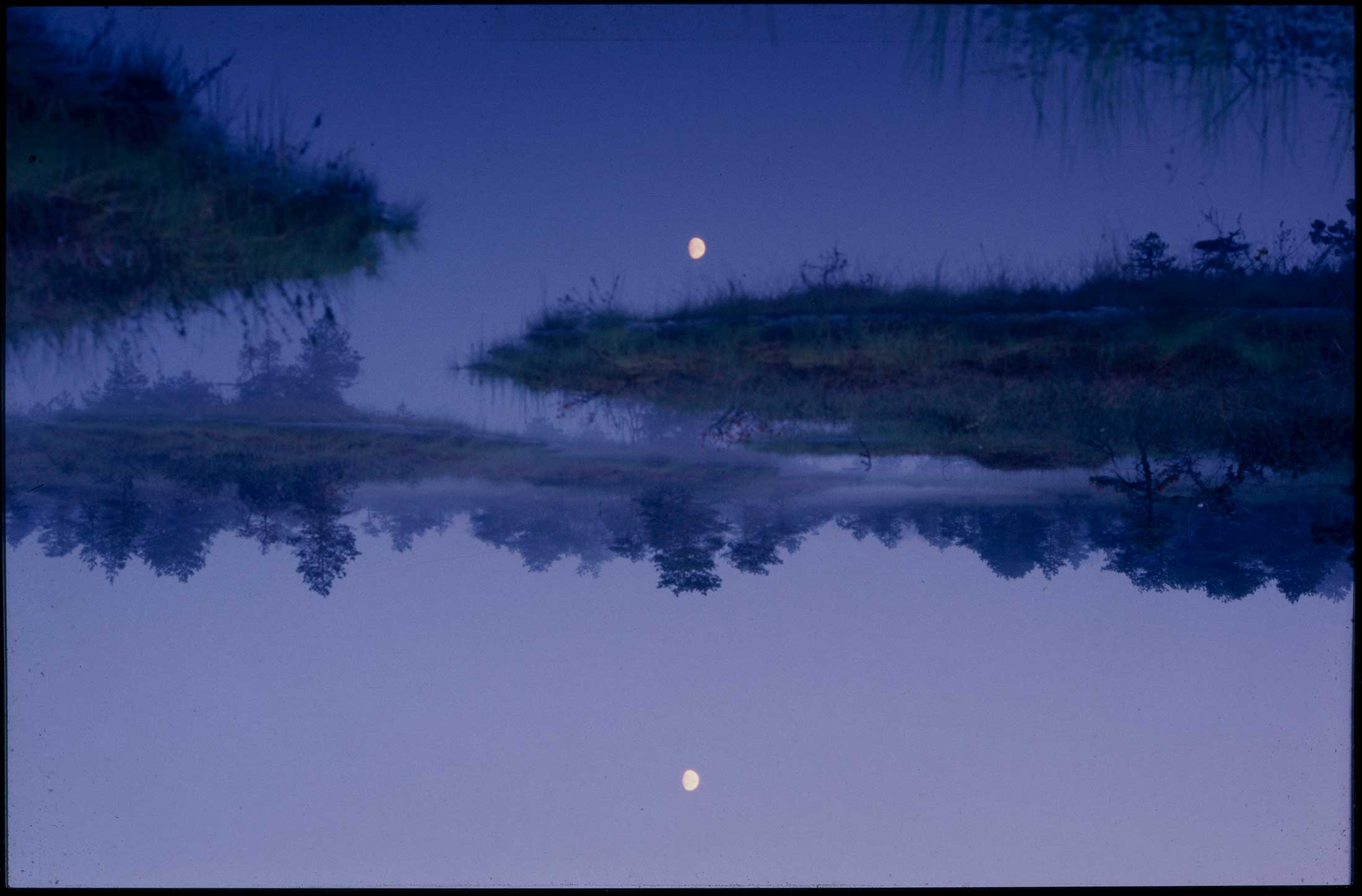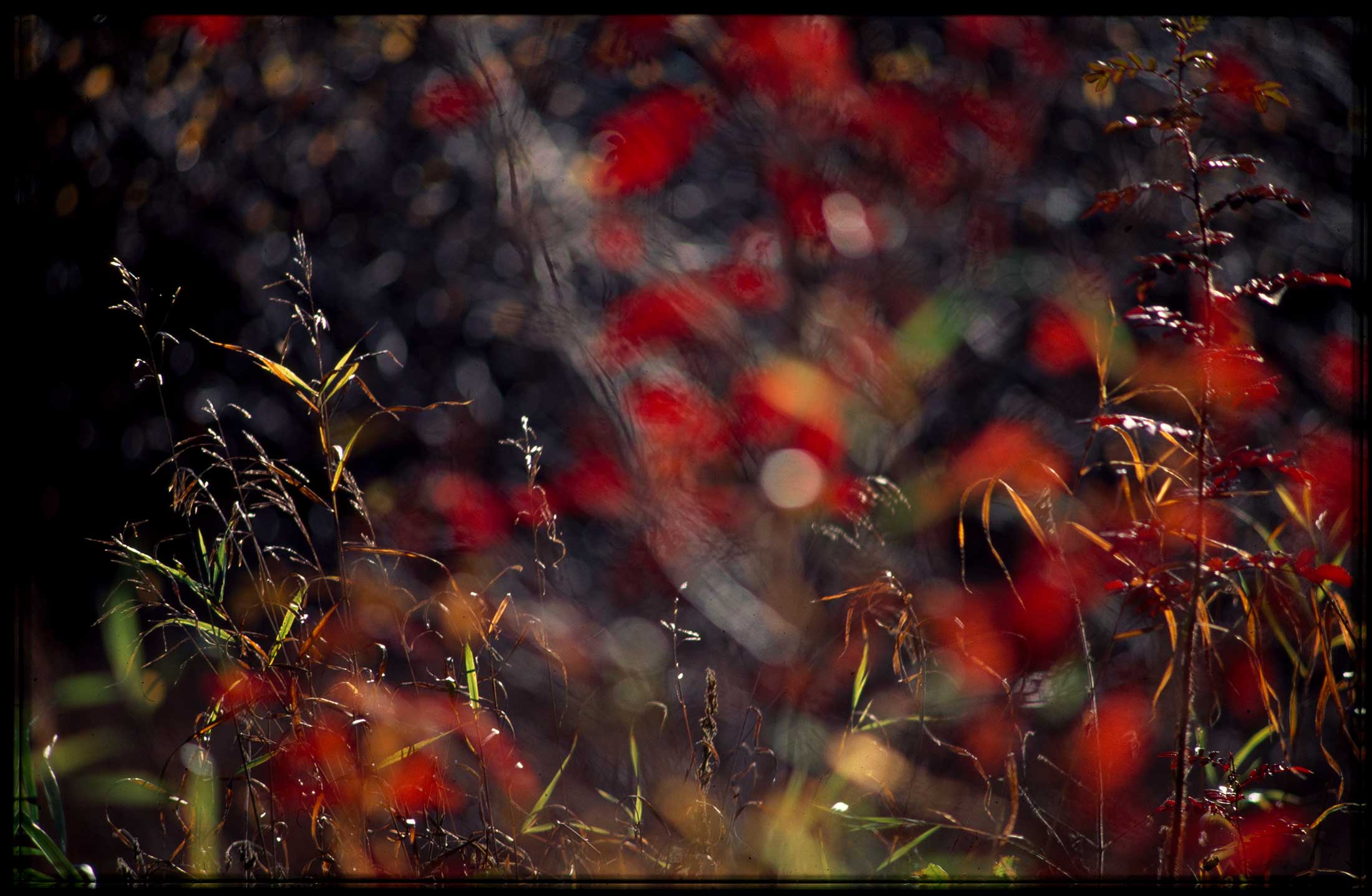- See Looduspilt.ee for nature photographs and related articles.
- Indrek Rohtmetsa’s short overview of the Estonian natural-photographic tradition and discussion of nature photography at the exhibition “Loodusfoto 2005.”
- Interview with well-known Estonian nature photographer Sven Začek.
Nature in image
Experiencing nature through the eye of a camera.
Fred Jüssi as a nature photographer
Fred Jüssi is one of Estonia’s most famous nature photographers, with his works representing its canon of nature photography. Many popular albums of nature photographs have come from him, oftentimes with short texts accompanying the photos. For example, “Jäälõhkuja" (“Icebreaker”) (1986, 2007), "Sügis" (“Fall”) (1995), or “Rajamustrid” (“Patterns of the Path”) (2017).
Fred Jüssi’s style is characterised by simplicity and stillness. His photos mainly depict timeless moments, and instead of focusing on situations or movements, his scenes capture some or other detail, concentrating on such things as patterns on logs or ice/frost flowers. Jüssi’s visual language is clear and simple, which expresses his oft-repeated musing on the importance of silence even in the photographic medium. At the same time, his photos reflect an extraordinary ability to observe, clearly demonstrating that prior to taking the photo there has been plenty of in-depth concentration in order to understand the object of the photos.
Like his recordings of nature sounds, Jüssi’s nature photographs are tools of perception. The objective of these photos is not to capture moments, but to find and perceive the order of nature from different perspectives.
Fred Jüssi has mused on and described his photography as follows:
“If you want to make of your experience somebody else’s experience, then taking a photo of patterns on stones takes a long time. Here, it is not necessary to capture moments, but to commemorate a vision. Travelling along one’s path on your lonesome, this goal may fall victim to temptations, but one is not forced to test for the patience of companions travelling towards some bird-filled cliff or mountaintop. Because the sun keeps rolling and the time of your travel companions, once spent, is really the only thing that you can never return to them. Stone patterns for the person trying to capture glimpses is not just an empty temptation. The egg that we call earth had lichen on it long before humans. It is thought that they began to live after the last ice age, about twelve thousand years ago. Lichen must have something to say. The expression of my recognition is pictures of patterns on stones. It would be nice to believe that I could touch the soul of some observer with them.”
In the film Olemise ilu, which transmits his cognition of the world, cameraman Joosep Matjus has attempted to capture nature in the same way that Jüssi does through his photographic language. The film’s visuals support the musings it presents.
Watch a clip from Olemise ilu and try to notice how the cameraman Joosep Matjus has attempted to express Jüssi’s visual language in the film.
What is a nature photograph?
Taking a nature photographs does not begin with the camera, but with the internal need to recognise the beauty of being and share it with others. As Fred Jüssi puts it: “The extent to which a land’s natural values are known, studied, and kept is purely a question of culture.” A responsible and ethical attitude towards nature and all of its beings shines through every excellent nature photograph.
On the one hand, nature photography is an art whose mastering requires work and dedication. On the other hand, in contemporary times nature photography is one of the simplest and most everyday ways of relating to nature, and can be done by anybody with enough will and patience, as nature is open to everyone. Commemorating nature through pictures helps to remove oneself from the everyday passage of time, to discover the richness of one’s own landscape of thought, and to look at ordinary things in a different way. For example, photographers oftentimes take photographs of light, colour, and the changing of seasons.
Discussion on the basis of the film clip:
- In your opinion, what are the similarities and differences between nature photography and nature film as art forms?
- In what way does the job of a nature photographer differ from that of a nature film cameraperson?
- In comparing the photographs of Fred Jüssi and the film language of Olemise ilu, is it possible to find similarities? For instance, in the landscapes, details, situations, and so on, that appear in the photos and in the film?
